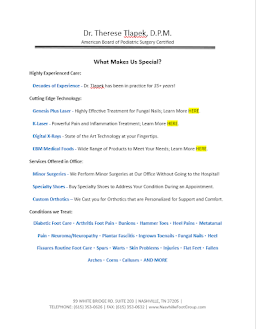He favors the midfoot strike to avoid unnecessary shock and injury to the foot:
However not all runners agree.
Here's another treatment of the topic at USATriathalon.org:
Which is a better way for me to run, midfoot or heel striking? The answer is a definite and resounding, yes to either one.
Currently there is no research that proves either is better. All we know is that faster runners in shorter events, up to about 10k, tend to run with either their midfoot touching first and in most cases then lowering their heel like applying an L-shaped piece of carbon fiber onto the surface for elastic loading.
At slower speeds in distances over a mile, most runners heel strike first. Good runners also tend to heel strike when they run slow and long.
The only thing we know for certain is that runners who habitually run shod (with shoes) and then learn to run on their midfoot, reduce the shock around their knees and this shock shows up as increased stress in their plantar fasciae and Achilles’ tendons as well as the calf muscles.
Even when looking at middle distance runners, we notice that they are likely to start off running midfoot, and as they fatigue, they heel strike more.
And Jessica Leitch, director of the Run3D Clinic in Oxford, says:
"Heel striking has received more negative press than it deserves.
The evidence simply doesn’t support the theory that everyone should run with a midfoot or forefoot strike to avoid injury.
Yes, it alters loading mechanics, with joints and tissues stressed differently by different footstrike types, but in doing so, it often shifts the problem from one area to another."
So if the jury is out on which part of the foot should strike, and if it will cause stress in different areas either way, how should one avoid foot injury when running?
Competitor.com suggests:
"Studies show between 50 and 80 percent of runners are injured every year. Many of those overuse injuries result from a runner applying too much force on a repetitive basis. The way to reduce the chance for injuries is to run with the least possible musculoskeletal stress on your system possible with the least metabolic cost..."
And as always, if you experience foot pain or injury, contact one of our licensed Nashville podiatrists for your foot care needs.











